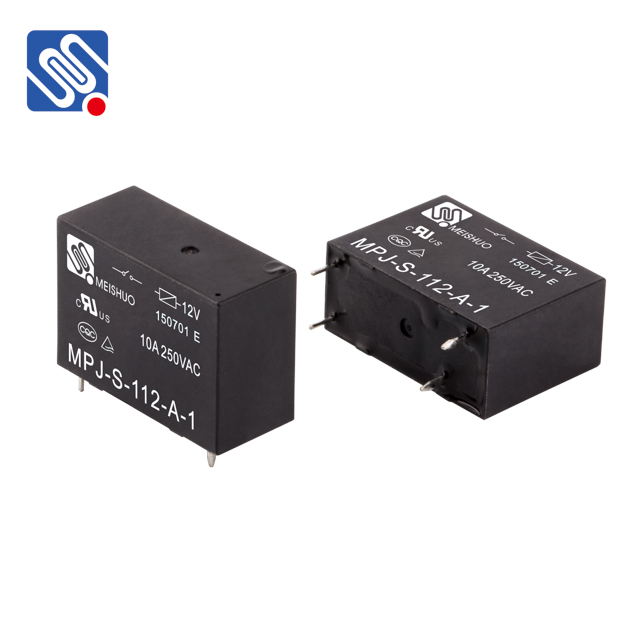relay procurement guide: a comprehensive approach to selecting and sourcing relays
Release time:2025-10-23 17:58:13
Relays play a critical role in modern electrical systems, from industrial machinery to home appliances, acting as switches that control circuits based on electrical signals. The procurement of relays, however, can be a daunting task due to the vast range of relay types, specifications, and applications available on the market. This Relay Procurement Guide is designed to help engineers, procurement professionals, and designers make informed decisions when selecting and sourcing relays for their projects. It covers key considerations, including types, specifications, quality standards, and sourcing strategies.

Understanding the Types of Relays
The first step in the relay procurement process is understanding the different types of relays and their applications. There are several types of relays, each suited to specific tasks:
Electromechanical Relays (EMR): These are the most common type, using an electromagnetic coil to open or close the contacts. They are widely used in general-purpose applications.
Solid-State Relays (SSR): Unlike EMRs, SSRs use semiconductor components to perform switching, providing faster response times and longer lifespans. They are often found in applications that require high-speed switching or where mechanical wear is a concern.

